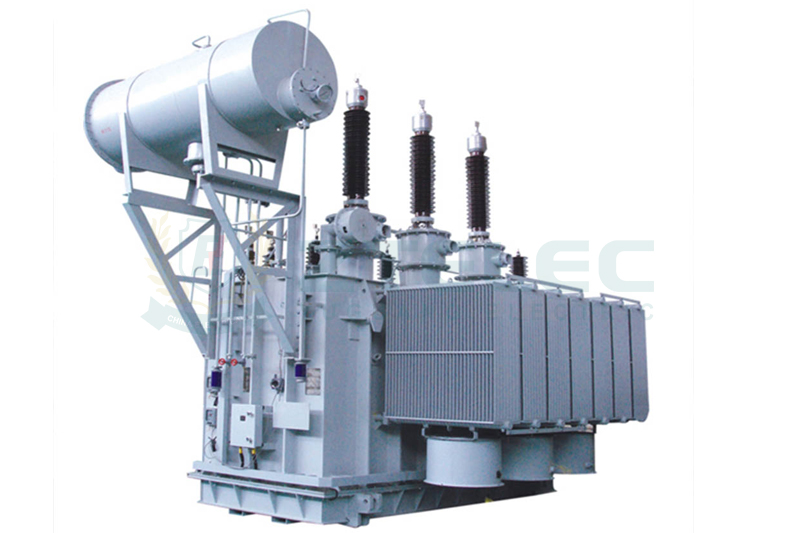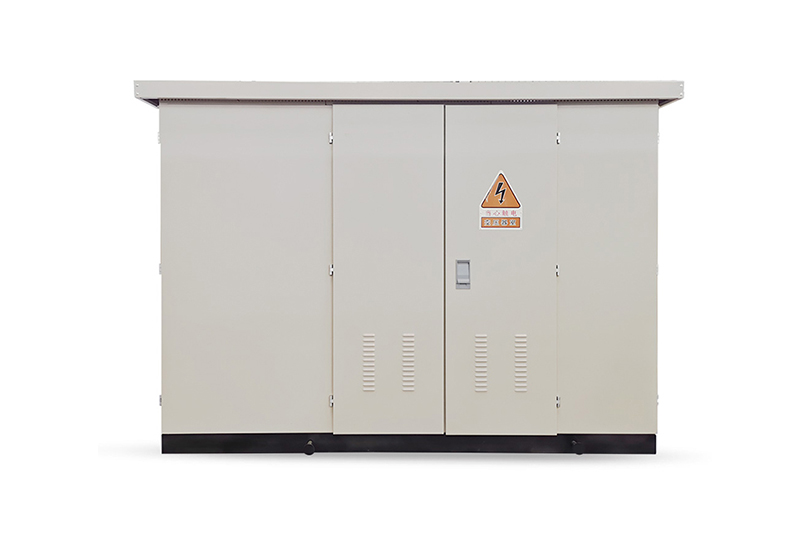How Does a Transformer Work? Understanding Voltage Conversion and Applications
Time:2025-06-4 Auther:ZTelec-www.ztelectransformer.com
In today’s modern power systems, transformers are essential devices that enable the stable transmission of electricity from power plants to homes, industries, and commercial facilities. But how exactly does a transformer work? This article explains the basic structure, operating principle, voltage conversion process, efficiency, common types, and typical applications of transformers.

1. Basic Structure of a Transformer
A transformer mainly consists of two core components: the iron core and windings. The iron core, made of laminated silicon steel sheets, helps concentrate the magnetic field and reduce energy losses such as eddy currents and hysteresis. The windings are divided into:
Primary winding: Connected to the input AC power source.
Secondary winding: Connected to the output load to deliver the transformed voltage.
2. Working Principle of a Transformer
The transformer operates on the principle of electromagnetic induction. Here’s how the process works:
1. When alternating current (AC) flows through the primary winding, it generates an alternating magnetic flux in the iron core.
2. This alternating flux induces an electromotive force (EMF) in the secondary winding due to electromagnetic induction.
3. The voltage level in the secondary winding depends on the turns ratio between the primary and secondary windings.
If the secondary winding has more turns than the primary, the voltage is increased (step-up). If it has fewer turns, the voltage is decreased (step-down).
3. Voltage Conversion Explained
The voltage conversion in a transformer follows the formula: V1 / V2 = N1 / N2, where:
V1 = Primary voltage, V2 = Secondary voltage
N1 = Number of primary turns, N2 = Number of secondary turns
Step-up Transformer: When N2 > N1, the output voltage V2 > V1. Commonly used in long-distance power transmission to reduce energy loss.
Step-down Transformer: When N2 < N1, the output voltage V2 < V1. Used to lower voltage for domestic or industrial equipment.

4. Transformer Efficiency and Loss
While the theoretical transformer efficiency is 100%, real-world transformers experience losses due to:
– Core losses: Caused by hysteresis and eddy currents in the iron core.
– Copper losses: Resistance in windings leads to heat generation.
Modern transformers are highly efficient, often achieving over 95% efficiency with advanced design and materials.
5. Types of Transformers and Their Applications
Power Transformers: Used in high-voltage transmission and low-voltage distribution networks across cities and industrial zones.
Isolation Transformers: Provide electrical isolation between input and output, enhancing safety for sensitive equipment.
Autotransformers: Feature a single winding and are used for small voltage adjustments in labs and test benches.
High-Frequency Transformers: Found in devices like mobile phone chargers and switching power supplies. They are compact, fast, and efficient.
From transmitting electricity across vast power grids to powering mobile devices, transformers are fundamental to our electrical infrastructure. Their ability to adjust voltage levels through electromagnetic principles ensures efficient energy use and system safety. As technology advances, transformers continue to evolve—offering smarter, more compact, and more energy-efficient solutions for the future of power systems.




